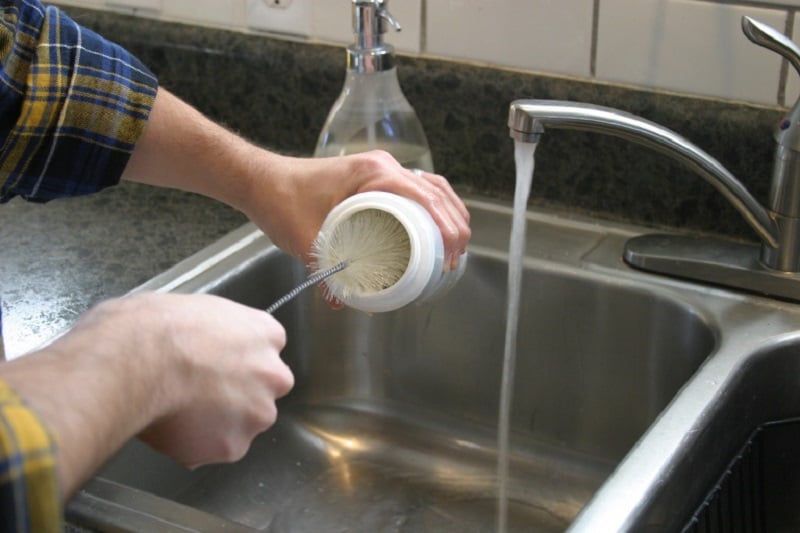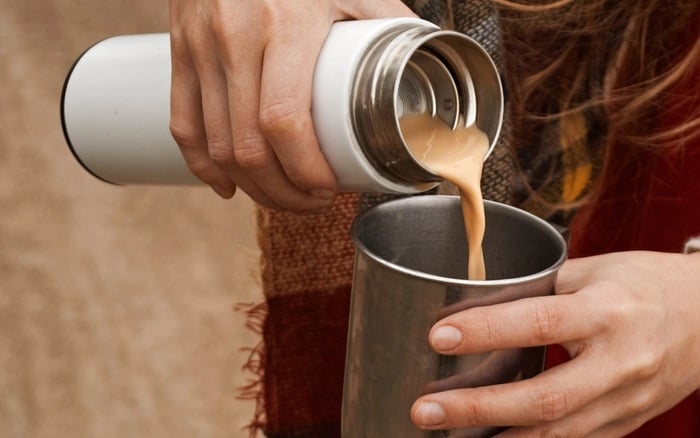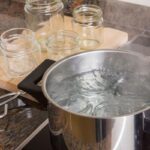Thermal flasks have become an integral part of our daily lives, offering convenience with their ability to keep beverages and food hot or cold. From coffee and tea to soups and even porridge, these flasks are a go-to choice for many.

1. Using the Thermal Flask for Storing Lemon Water, Green Tea, Milk, or Fruit Juices
It is a common practice for many to fill their flasks with lemon water, green tea, or milk to sip throughout the day. However, this habit can pose significant health risks.
-
Acid-containing beverages such as lemon, orange, or grapefruit juice may react with the inner metal lining of the flask, especially if made of low-quality stainless steel. This can lead to the release of heavy metals like lead and manganese, which are harmful to the body.
-
When kept warm for extended periods, green tea, which contains tannins, may precipitate and produce undesirable substances. Milk and milk-based products, on the other hand, can ferment and breed diarrhea-causing bacteria if left in the flask for too long.
2. Using a Thermal Flask Made of Unknown or Untrusted Materials
The market is flooded with inexpensive thermal flasks of uncertain origin and substandard materials. These flasks often use recycled stainless steel or low-quality plastic, which may contain BPA—a harmful chemical that interferes with hormones and affects the liver, kidneys, and reproductive system.
Additionally, the inner coating of some cheap flasks may have a metal layer that cannot withstand acids or high temperatures, leading to flaking and contamination of your drinks.
3. Neglecting Proper and Regular Cleaning of the Flask
A thermal flask used daily without proper cleaning can quickly become a breeding ground for bacteria and mold:
-
Coffee, tea, and milk residues, if left for long, provide an ideal environment for microbial growth.
-
Not disassembling the flask for cleaning: Many people give their flasks a quick rinse without taking apart the lid and rubber gasket, allowing bacteria to hide in crevices that are hard to reach and see.
It is recommended to clean the flask with warm water and mild cleaning agents like lemon, vinegar, or baking soda. Avoid using excessive soap as it may leave a soapy taste or residue.
4. Pouring Boiling Water Directly into the Flask
Filling your thermal flask with water at 100°C is a common mistake that can reduce its lifespan and, in some cases, even cause an explosion in low-quality flasks. When you pour boiling water into a completely airtight flask, the pressure buildup can cause the liquid to spurt out when opened, leading to burns. Additionally, extremely high temperatures can degrade the inner materials of the flask.

5. Storing Food in the Flask for More than Six Hours
While it is convenient to carry soups, porridge, or other meals in a thermal flask, it is essential to be mindful of the duration. Leaving food in the flask for extended periods, especially in a warm environment (40-60°C), promotes bacterial growth. Experts advise against keeping food in the flask for more than six hours and recommend reheating it before consumption.
Despite their small size, thermal flasks can significantly impact your health if used incorrectly. Prioritize quality and trusted brands, pay attention to the type of beverages and food you store, and be mindful of the duration. By using your thermal flask correctly, you can enjoy its convenience while maintaining the well-being of your family.
Is Your Sleep Position Raising Blood Sugar? A 100,000-Person Study Reveals a Surprising Truth.
A groundbreaking large-scale study involving over 100,000 participants has revealed an unexpected link between sleep posture and blood sugar fluctuations, which directly impact cardiovascular health, metabolism, and diabetes risk. Are you sleeping your way to health? It’s time to uncover the surprising connection between your sleep posture and overall wellness.



































